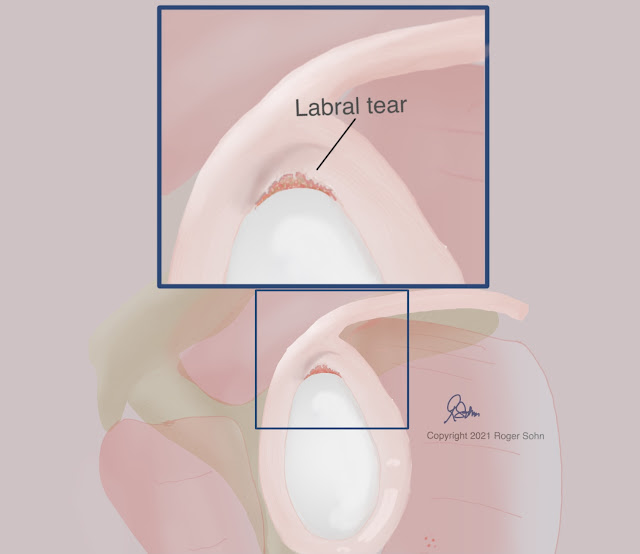Why are doctors still injecting cortisone in tennis elbow?
Here’s yet another paper showing the difference between cortisone injections vs Platelet Rich Plasma which I have discussed previously. This 2023 study by Kamble is entitled: Is Ultrasound (US)-Guided Platelet-Rich Plasm
Injection More Efficacious as a Treatment Modality for Lateral Elbow Tendinopathy Than US-Guided Steroid Injection?: A Prospective Triple-Blinded Study with Midterm Follow-up” (2 years).
This graph pretty much sums up the findings. You can see the patient rated disability scale on this graph. The cortisone shot gives an initial improvement in symptoms, but it quickly starts to return toward the baseline. In the PRP treated group, the pain graph is initially much flatter, but starts gaining traction as time goes beyond the 4 week mark.
So to repeat my earlier question, why are doctors injecting cortisone for tennis elbow or golfer’s elbow? When we consider the many reports like this recent one (see these links as well https://pubmed.ncbi.nlm.nih.gov/37247780/, https://pubmed.ncbi.nlm.nih.gov/35031496/ https://pubmed.ncbi.nlm.nih.gov/34123513/ https://pubmed.ncbi.nlm.nih.gov/31860992/ https://pubmed.ncbi.nlm.nih.gov/30899764/ https://pubmed.ncbi.nlm.nih.gov/26362783/ )
, we see yet again that cortisone has a short term effect but it quickly wears off. We also know that cortisone has many undesirable side effects such as the blunting of the healing inflammatory response. It also has been shown to weaken tendons and potentially lead to tendon ruptures. I personally feel that cortisone injections make elbow tendon problems last longer since they shut down inflammation but in so doing, they counteract the body’s attempts at healing.
It has become quite commonplace to hear inflammation held up as the cause of a host of problems. However, remember that inflammation is also a natural physiological response to injury. It is part of the natural healing process. As a result, we need to be careful about using anti-inflammatories indiscriminately.
Let's discuss naming and its consequences. Tennis elbow has been long known as lateral epicondylitis, and every doctor learned in medical school that “itis” means inflammation. So like for appendicitis (inflammation due to an infection in the appendix) and hepatitis (inflammation of the liver), epicondylitis must be inflammation of the elbow. Right???
Well actually, we know from Dr. Nirschl’s study from 2003 (over 20 years ago) that tennis and golfer’s elbow is not inflammation at all. In fact, it is the utter lack of inflammation and healing that accumulates, allowing tendon damage to become chronic. Inflammation is the first stage of healing, so taking powerful antiinflammatories like cortisone can be very detrimental to any delicate healing that the body is trying to start.
Kamble’s paper compared cortisone shots to Platelet rich plasma. If you look at this graph, the blue line follows the pain scale over time. You can see that Platelet rich plasma takes longer to see an effect. However, over the long term, after the cortisone effects have worn off, the Platelet rich plasma effects are starting to compound. Ultimately leading to healing.
So what is platelet rich plasma? In a nutshell, platelet rich plasma or PRP is a cell based treatment that uses a patient’s own blood. The platelets are isolated and then injected into the damaged tendon. PRP causes a number of processes to take place, many of which are inflammatory in nature. These processes result in a more robust response to the accumulating tendon damage allowing the tendon to heal and return to normal strength again.
Of the options we have, I find that platelet rich plasma is the most straightforward and effective way to get rid of the elbow pain associated with golfer’s or tennis elbow. Cortisone injections may give some short term relief, but PRP has a better track record of fixing the problem for good.







.png)











